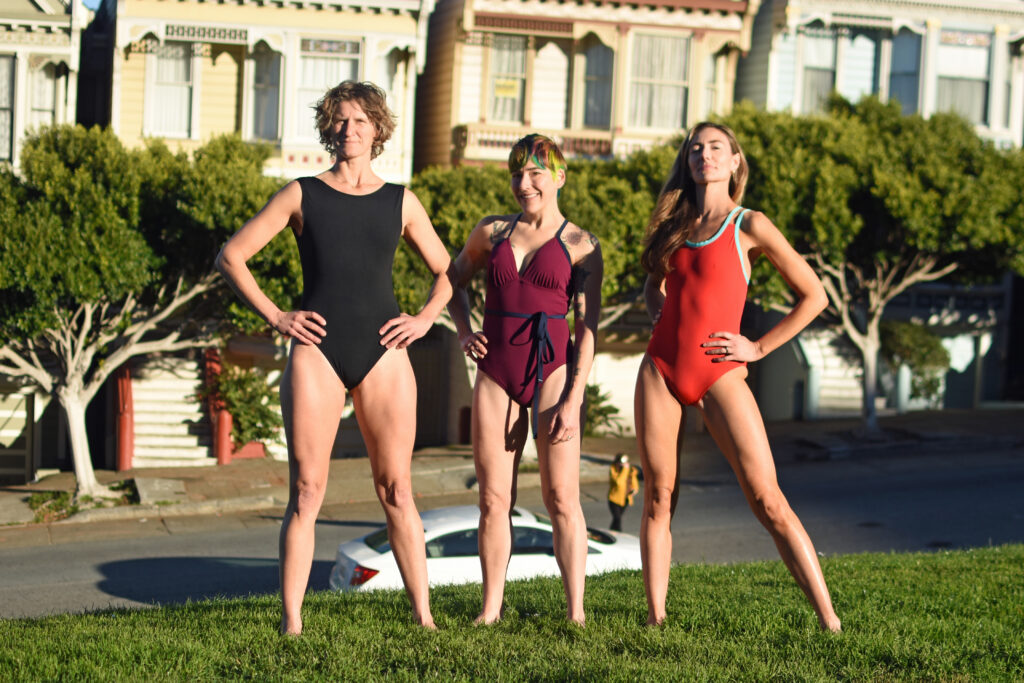Compared to other sports, swimming doesn’t require too much gear. At the minimum, you will need a sustainable exercise swimsuit and water. Sure, you’ll eventually want goggles, a swim cap, fins and a kick board, but at the center of it all, at any level, is a swimsuit.
If you are doing anything active in a swimsuit – sorry, tanning doesn’t count – you want that suit to enhance your performance, not hinder it. Comfort and endurance are at the top of the list of requirements. A good performance swimsuit will support your body, cut down drag, and help you move faster in the water.
Whether you’re swimming laps for exercise, training for an open-water competition, or spending the afternoon on your surfboard, here’s what to look for in high-performance swimwear—and what to avoid.
Fit
A good performance swimsuit should fit snugly—especially around the neck. That’s where billowing happens if a suit is too loose, causing drag and increasing your chances of gathering gross debris inside your suit. So go for a suit that hugs your body – tightly but not uncomfortable. It should feel supportive, but not restrict any movement.
Avoid: Style over fit. A suit might look cute, but if it’s loose in the dressing room, it’s going to be trouble in the water.
Fabric
Compression fabric can help with muscle support and blood flow. Look for fabrics made of recycled polyester or other durable materials. These will support you better and last longer.
Avoid: Swimsuits made of soft Lycra or Spandex. These materials may look sleek, but they’ll lose their shape after a few swims.
Durable Straps
Straps that hold their shape will keep your suit fitted and supportive. When buying a suit, give the straps a pull to see how much they stretch. Right answer? Not too much. Adjustable straps are great because you can tighten them up for a workout and then loosen them for lounging.
Avoid: Straps that are too loose. The more they stretch, the less support they’ll give in the water.
Seam Quality
Seams aren’t just for looks—they’re holding your suit together. Seams help keep your suit close to your body and prevent it from shifting during tough swims. A durable seam is also key to preventing rubbing or chafing.
Avoid: Fashion brands that hide the seams for a cleaner look. They simply won’t hold up during a good workout.
Final lap
We’ll leave you with this: Make sure you test a suit before buying it. Try it on and move your body in swim motions. Don’t worry, you’ll be in a dressing room so no one will judge. See how the straps feel during your “swim.” Are there any gaps between your skin and swimsuit? If you’re feeling supported and can move freely, it’s time to check out!



